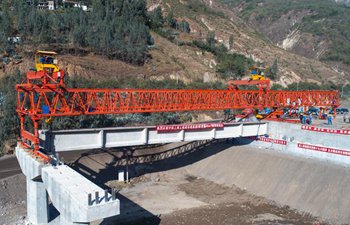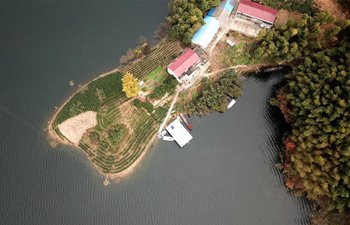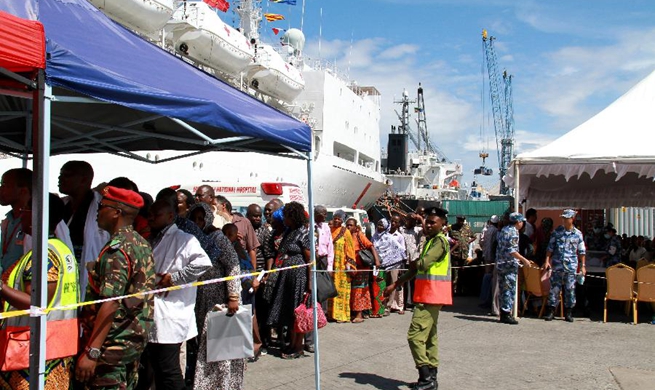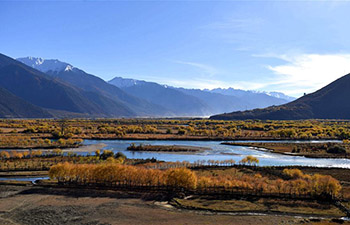LOS ANGELES, Nov. 22 (Xinhua) -- The U.S. National Aeronautics and Space Administration (NASA) has come up with a new model that can calculate "sea level fingerprints" to help coastal city planners assess how the sea would rise due to melting ice and prepare for the eventuality.
Sea levels have already begun rising with ice melting, oceans expanding and the land sinking in some regions. The new NASA tool matches specific ice-melting locations with their effects on the world's ports.
The ice-melting locations include regions such as Greenland and the Antarctic Peninsula and the sea-level changes can be assessed for 293 global port cities.
When ice melts on land, the water doesn't get spread evenly across all oceans because of factors like gravitational pull and the Earth's rotation.
The findings published in the journal Science Advances said the new, easy-to-use tool requires users to input data or projections of a certain area's ice loss and they will get a detailed profile of any of these 293 port cities' sea-level sensitivity to the changes in ice.
"Now a coastal planner can understand and see how the melting or growing of a given ice sheet could be detrimental or beneficial to a specific location...You can apply the method to any type of melting scenario that you want," Eric Larour, one of the three-member team of researchers at NASA's Jet Propulsion Laboratory in Pasadena, California, who came up with the tool, said.
Larour said there were some "intriguing" findings. For instance,New York City was more strongly affected by melting ice in northeastern Greenland than in southwestern Greenland, while Sydney had a greater risk from the rapidly melting Antarctic Peninsula than from East Antarctica.
Also, a melting Antarctic impacts areas south of the equator, such as South Asia, Africa and South America.

















